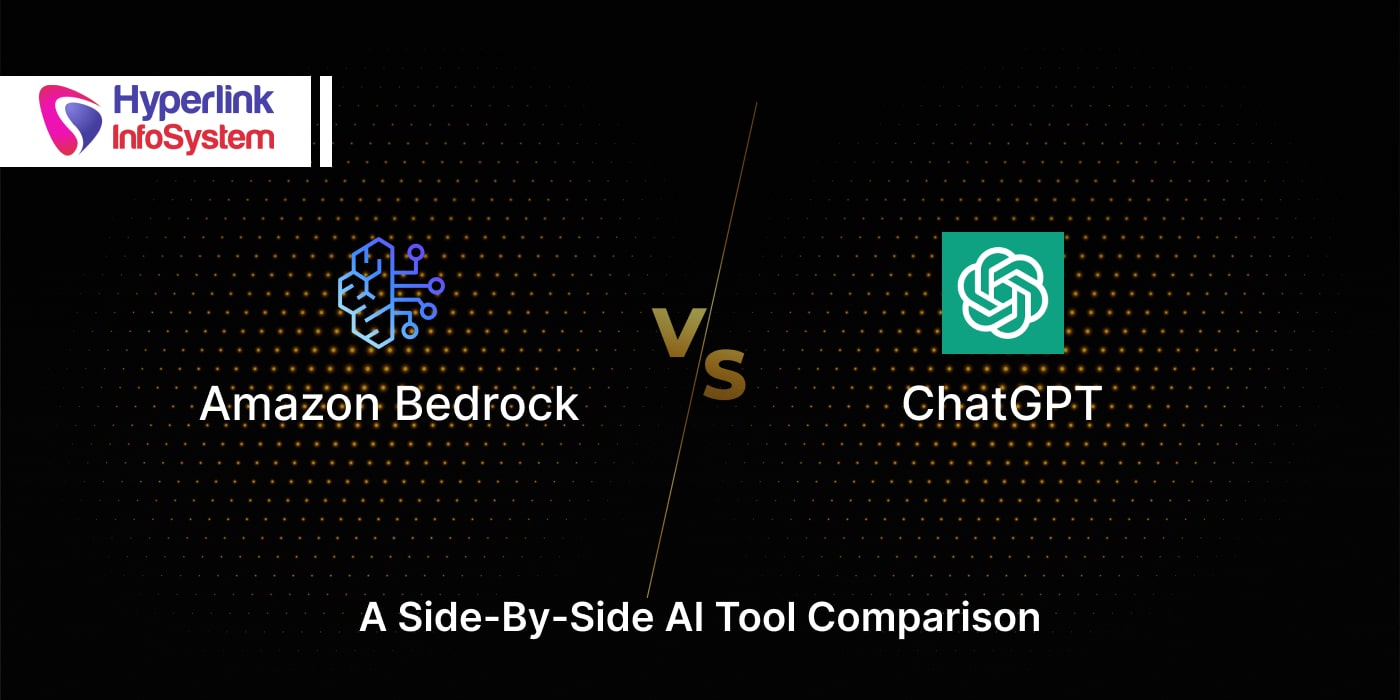Many business owners are now concentrating on creating mobile applications for their businesses due to the widespread use of smartphones and the rising number of mobile users worldwide. The mobile application development market has established itself in the digital sphere. It is expected to acquire a valuation of $366.34 Billion and an unparalleled CAGR of around 23.80% by the end of 2024. This is why you’re bound to see at least one mobile app development company popping up wherever you look.
Multiple benefits of mobile apps include their ability to be fast, effective, and available offline. Many businesses have been compelled to transition from web apps to mobile apps due to the features and attributes of mobile apps.
A business can utilize
mobile app development services to reach new heights. However, mobile app development frameworks like Flutter, React Native, Xamarin, and others are crucial in creating profitable and feature-rich mobile applications. Thanks to these frameworks, the app’s features and functionality have won consumers over.
In this cutthroat market, it’s crucial to pick the appropriate mobile framework, platform, technologies, and databases for a successful mobile app. However, selecting the ideal mobile app development framework and the right development approach is essential too. You’ll undoubtedly achieve total business success if you hire top app development companies to help you with your project.
Mobile App Development Frameworks
A software structure intended to design and develop mobile apps is known as a mobile development framework. Think of it as a software library that offers a basic framework for creating applications for a particular format.
Powerful applications are distinguished by their features that lead to the best user experiences. Top mobile app frameworks provide access to the various APIs, SDKs, code libraries, and other resources that developers need to create a viable mobile app solution.
Top Mobile App Development Frameworks in 2025
1) Ionic
This free and open-source framework is built with Apache Cordova and Angular. It allows developers to create cross-platform apps – Windows, iOS, and Android. Ionic offers seamless performance and extensive features for all native and mobile applications.
The ionic framework has a separate fan base because it supports multiple UI elements for mobile apps. Developers use it to create interactive web and mobile applications with various filters, navigation menus, list views, forms, tab bars, and action sheets.
Developers with a strong command over JavaScript, HTML, and CSS can churn out amazing apps using the Ionic framework.
Key Features:
-
Cross-platform development
-
Reliable web technologies
-
Clean and functional design
-
Simple and easy to learn
-
Cordova Plugin
-
Free to use
-
Command Line Interface CLI
-
Framework compatibility
-
JavaScript components
-
Angular Package
-
Complete developer control
Examples:
-
Sanvello
-
Untappd
-
GE Transportation
-
Sworkit
-
Market Watch
-
Amtrak
2) React Native
One of the most well-liked and effective JavaScript libraries, React Native is used to create both iOS and Android applications. React Native lets you develop native applications for all platforms and devices. It is a cross-platform framework created by Facebook that is open-source and free.
Developers can use React Native to create high-performance apps with shorter release times. It is based on JavaScript and helps create stunningly rich and intuitive apps. It quickly gained popularity in 2021 and is anticipated to be one of the most well-liked frameworks for creating mobile applications in 2025.
React Native offers platform-agnostic components, such as Text, Views, and Images – with everything mapped to the platform’s native UI building block.
Key Features:
-
Free to use
-
Stable platform
-
Efficient code – maximum reusability
-
Support for third-party libraries
-
Broad community
-
Quicker development time
-
Declarative API for predictive UI
-
Live reload
Examples:
-
Facebook
-
Bloomberg
-
Instagram
-
Soundcloud
-
UberEats
-
Airbnb
3) Flutter
Google introduced Flutter, an open-source mobile app SDK. It uses Google’s UI toolkit to develop rich, native desktop, mobile, and web apps with a single code base.
Icons, navigation, scrolling, and fonts are just a few of Flutter’s essential platform variations. Grouped under Flutter’s widgets, these variances remove the need for platform-specific UI elements.
Flutter uses the 2D rendering engine “Skia” to develop its images.
Hire Flutter developers from Hyperlink InfoSystem to get amazing apps for your business and personal needs.
Key Features:
-
Fast development
-
Built-in material design
-
Increased time-to-market speed
-
Rich motion APIs
-
Own rendering engine
-
Strong widget support
-
Similar to Native app performance
Examples:
-
Google Ads
-
Alibaba
-
Cryptograph
-
Lunching
-
Reflectly
-
KlasterMe
4) Xamarin
This open-source app development framework offers cross-platform app development. Microsoft offers Xamarin to develop high-performance Android, iOS, and Windows apps in C#, using the .NET software framework. It’s an abstraction layer that supports the communication of shared and underlying platform code, enabling the business to offer an interactive interface to their clients.
Developers use Xamarin for creating ecosystems with API, backend, components, etc., with the support of various programming languages, libraries, and tools.
Key Features:
-
Testing tools
-
Storyboard files
-
Open-source tech
-
Application loader
-
Android SDK manager
-
Straightforward updates
-
Google emulator manager
-
Full development ecosystem
-
Native interface and API access
-
Compatible with TV, IoT, and Wearables
-
Multiple platform support with a single code
Examples:
-
UPS
-
Azure
-
Storyo
-
Just Giving
-
Alaska Airlines
-
The World Bank
-
Microsoft News
5) Corona SDK
Corona is an ideal free, open-source, and cross-platform framework for creating games and mobile apps for desktop systems, smart TVs, and mobile devices. This fastest development tool/framework is a high-performance multimedia development tool that offers flexibility, ease of use, and OpenGL hardware acceleration, making it the best choice for graphics and animation.
Corona runs on a Lua-based framework and is unmatched in its ability to develop apps written in a lightweight scripting language.
Key Features:
-
Real-time simulation
-
Completely free
-
Easy setup
-
Cross-platform framework
-
Live testing
-
Call any native library
-
No rewrites
-
High-speed development
Examples:
-
Ava Airborne
-
Designer City
-
Scale
-
Gunman Taco Truck
-
Rider
-
Beasts Battle 2
-
Zip Zap
6) Swiftic
Famous among small businesses looking to build their personalized applications, Swiftic is considered the best framework for the iOS platform. Its reliable, user-friendly, and easy-to-navigate interface allows everyone to build feature-rich apps, including advanced analytics and unlimited push notifications. Its customizable theme includes seven distinct navigation styles and templates in various colors, backgrounds, and blocks.
Swiftic promises a 30 day money back guarantee on its plans. Additionally, there is a 6 mоnth satisfaction guarantee; if you don’t get the results you were hoping for, you’ll get free service for six months. The top app developers work with Swiftic, so this is definitely a framework to invest in.
Key Features:
-
Unlimited application downloads
-
Email support
-
Mobile app store
-
Native iOS app
-
Unlimited push notifications
-
More than 25 features
-
Application publication assistance
Examples:
-
The Gentlemen’s Barber
-
Spa Café
-
Remix Coffee Co.
-
The Clubhouse
-
Muve Magazine
Conclusion
To keep up with the rapidly-moving market, businesses must be aware of the top mobile app development frameworks in 2025. Choose the best
app development company if you want your project done well. If you’re looking to hire app developers, the top app developers at Hyperlink InfoSystem help you choose the most appropriate platform for the job by staying current on all industry trends.
























